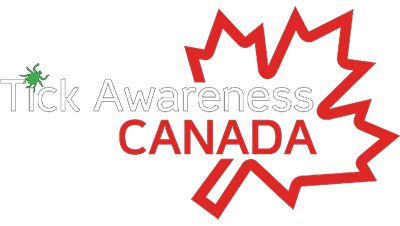STARI
Posted on 10 April 2023.
A rash similar to the rash of Lyme disease has been described in humans following bites of the lone star tick, Amblyomma americanum. The rash may be accompanied by fatigue, fever, headache, muscle and joint pains. This condition has been named southern tick-associated rash illness (STARI). The cause of STARI is not known.
The rash of STARI is a red, expanding “bull’s-eye” lesion that develops around the site of a lone star tick bite. The rash usually appears within 7 days of tick bite and expands to a diameter of 8 centimeters (3 inches) or more. The rash should not be confused with much smaller areas of redness and discomfort that can occur commonly at the site of any tick bite. Patients may also experience fatigue, headache, fever, and muscle pains. The saliva from lone star ticks can be irritating; redness and discomfort at a bite site does not necessarily indicate an infection.
Diagnosis
STARI is diagnosed on the basis of symptoms, geographic location, and possibility of tick bite. Because the cause of STARI is unknown, no diagnostic blood tests have been developed. Researchers once hypothesized that STARI was caused by the spirochete, Borrelia lonestari; however, further research did not support this idea.

